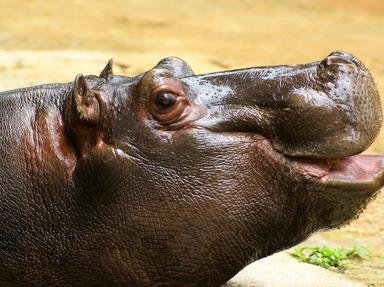Quiz Answer Key and Fun Facts
1. What mysterious sea creature, which has the Latin name of Vampyroteuthis infernalis, has long been considered a carnivorous beast of the deep, at least until it was discovered to be just the opposite, as it does not actually kill its prey, preferring to snack on dead plankton and other marine detritus instead?
2. What black and white waterbird, which prefers the colder climes of Alaska, Canada, Greenland and Russia, forgoes the use of a traditional treetop nest when breeding, and chooses instead, to precariously lay a single egg on a narrow cliff ledge?
3. Which gleeful little bird, which inspired a popular Australian nursery rhyme, sports dark brown wings, a white head and underside and a distinctive brown and black tail, and is also the largest member of the kingfisher family?
4. Which small, South American primate, which can only be found in the Amazon River basin, is easily identifiable due to its distinctive bright red face, bald head and long, shaggy coat?
5. What innocuous looking gastropod has venom which causes instant paralysis, for which there is no known antivenin, and also sports a decorative brown and white shell that is highly coveted by collectors?
6. Which agreeable nocturnal mammal, native to the island of Madagascar, has a tail that is longer than its body, and is thought to be the only primate to find its prey through echolocation?
7. Which forest-dwelling creature has a coat that changes from winter white to spring brown as the season changes, and also has especially large feet, which, as its name suggests, helps it to travel across particularly harsh, wintry terrain?
8. Which distinctively patterned, social mammal, whose designs are as unique as a person's fingerprints, will come to the aid of a wounded family member, even going so far as to attempt to drive off its attacker?
9. Which graceful antelope, found in the Sudd region of Central Africa, annually joins other migrating mammals, thus creating a stunning natural spectacle fit to rival the mammoth migration of the Serengeti's wildebeests?
10. Which web-footed water lover, also known as 'coypu', or the 'river rat', was originally only found in South America, but, as a direct result of entrepreneurial fur ranchers, made its way to North America, Asia, Africa and Europe?
Source: Author
poshprice
This quiz was reviewed by FunTrivia editor
guitargoddess before going online.
Any errors found in FunTrivia content are routinely corrected through our feedback system.
